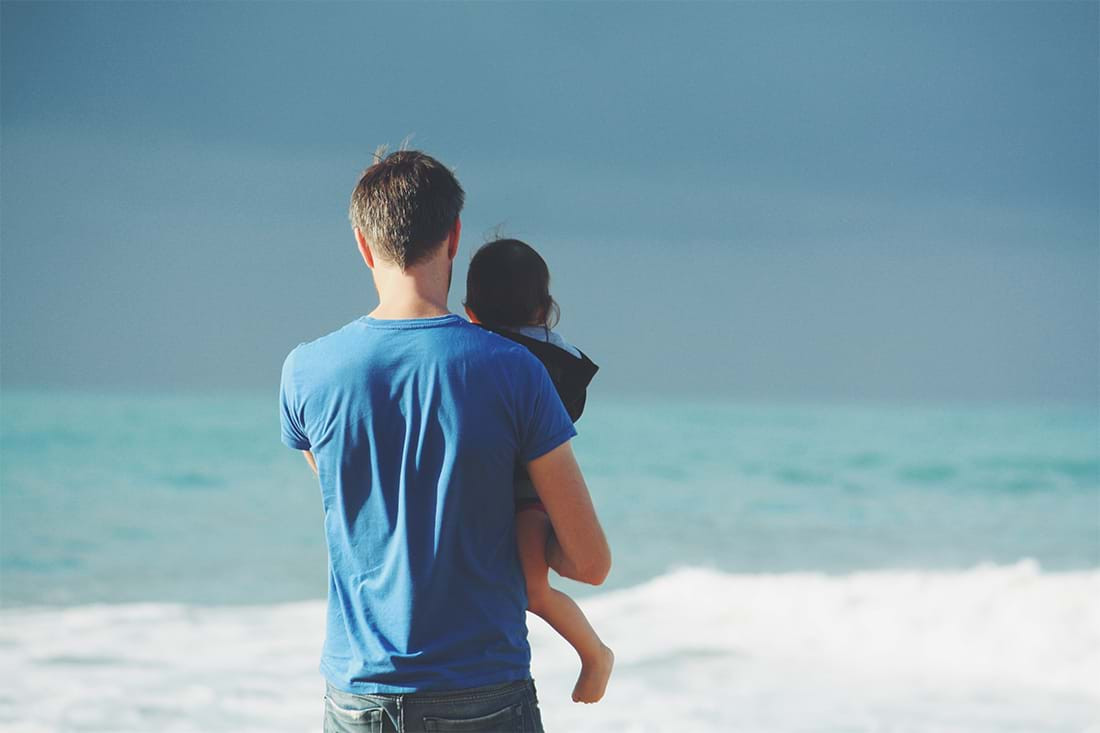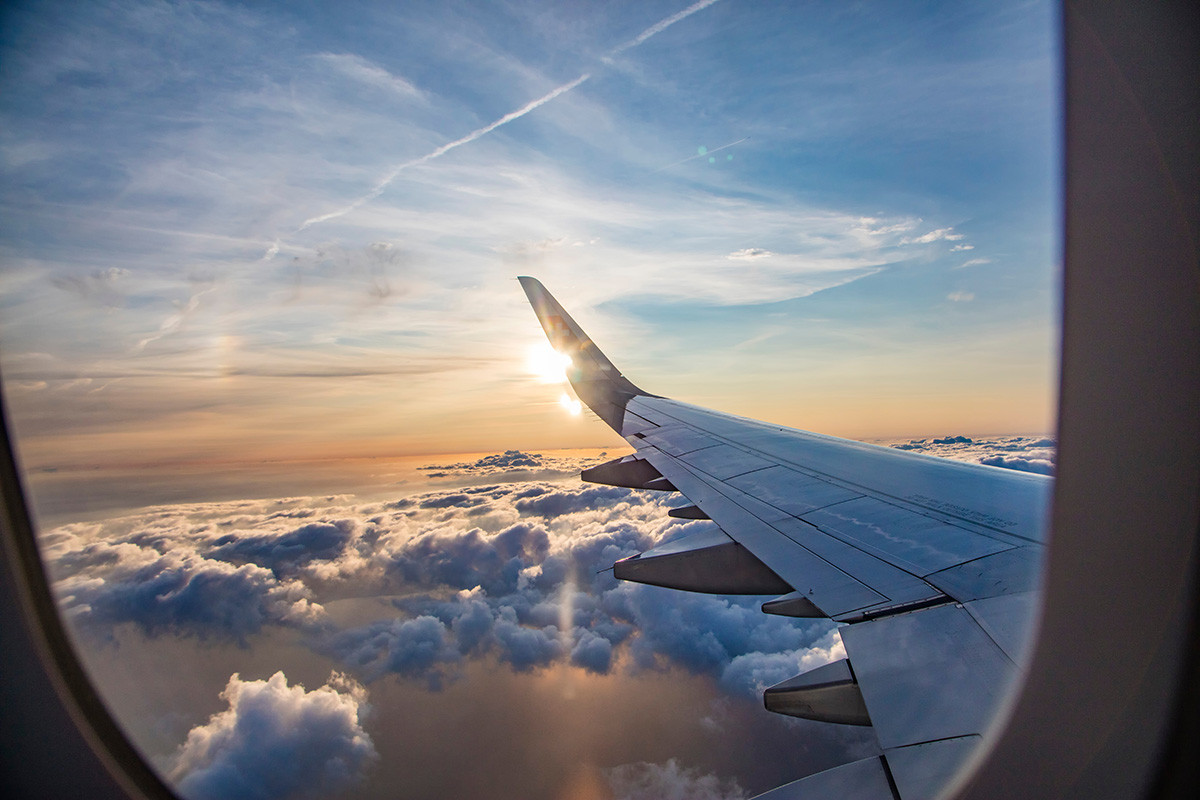Traveling with a newborn can feel daunting, and if air travel is on the cards, many questions arise. One of the most common concerns for new parents is: Can Infants Fly On Airplanes safely? The good news is, yes, infants can fly, and millions of families do it every year. However, it requires careful planning and understanding of airline policies and infant needs. This comprehensive guide will address all your concerns and provide essential tips to ensure smooth and safe air travel with your little one.
When is it Safe for Infants to Fly on Airplanes?
A crucial question for parents is the earliest age an infant can travel by plane. While most airlines permit newborns as young as 7 days old to fly, the general recommendation from pediatricians is to wait until your baby is at least one month old, and ideally between 3 to 6 months.
This recommendation is primarily due to the development of an infant’s respiratory and immune systems. Newborns’ immune systems are still fragile, making them more susceptible to germs and illnesses prevalent in crowded environments like airplanes and airports. Additionally, cabin air pressure changes during flights can be more challenging for newborns’ still-developing respiratory systems.
However, every baby is different. For full-term, healthy infants, flying at one month might be acceptable, but consulting your pediatrician is crucial. Premature babies or those with heart or lung conditions might need to wait longer due to potential breathing difficulties at higher altitudes. Always seek professional medical advice before planning air travel with a young infant, especially if they have any pre-existing health concerns.
 Dad holding child while looking out at water
Dad holding child while looking out at water
Airline Policies on Infant Air Travel
While medical recommendations provide a guideline, airlines also have their own regulations regarding infant air travel. These policies can vary, so it’s essential to check with your specific airline before booking your tickets.
Here’s a brief overview of some major US airlines’ infant policies:
- Delta Airlines: Requires infants to be at least 7 days old. Infants younger than 7 days may be permitted with a doctor’s note.
- JetBlue: Allows infants as young as 3 days old.
- United Airlines: Has a stricter policy, prohibiting infants under 7 days old from flying under any circumstances and bans infants in incubators.
Always verify the most up-to-date policies directly with your chosen airline, as these regulations can change. Furthermore, understand the documentation required for infant travel.
Essential Documents for Flying with Infants
When flying domestically, you may not always need formal identification for infants. However, it’s always wise to carry your baby’s birth certificate as proof of age, especially to confirm eligibility for lap infant fares (where the baby sits on your lap and doesn’t require a separate seat).
For international travel, a passport is mandatory for infants, just like any other traveler. Applying for a baby passport requires a birth certificate. Start the passport application process as early as possible, as it can take time, especially for newborns whose birth certificates might be pending.
To expedite the passport process:
- Apply in person: Visit a passport agency or acceptance facility.
- Expedite processing: Pay for expedited service for faster processing.
- Take acceptable photos: Infant passport photos can be tricky. Lay your baby on a white sheet and take a photo from above using your phone or camera. Passport agencies are often more lenient with infant photos.
 Graphic of luggage, passport, and infant
Graphic of luggage, passport, and infant
Tips for a Smooth Flight with Your Infant
Flying with an infant requires extra preparation to ensure comfort and minimize stress for both you and your baby (and fellow passengers!). Here are practical tips to make your journey smoother:
1. Strategic Flight Booking
- Choose flight times wisely: Consider your baby’s routine. Opt for flights that coincide with nap times or bedtimes to increase the chances of your baby sleeping during the flight.
- Seat selection matters: Book your seats early to avoid middle seats. Aisle seats can offer more flexibility for getting up and moving around, while window seats can provide a bit more privacy.
2. Packing Smart
- Carry-on essentials: Pack a diaper bag with ample diapers, wipes, changes of clothes (for baby and you!), formula or breast milk, snacks (if age-appropriate), pacifiers, toys, and a lightweight swaddle blanket.
- Don’t overpack luggage: Traveling light is crucial when managing a baby. Consider renting baby gear like strollers and car seats at your destination to reduce luggage.
- Easy-access diaper changes: Keep diaper changing supplies at the top of your diaper bag for quick access.
 Baby carrier and luggage graphic
Baby carrier and luggage graphic
3. Navigating the Airport and Airplane
- Early boarding advantage: Take advantage of early boarding for families with young children. This allows you extra time to get settled and organized before other passengers board.
- Strategic boarding: Consider sending one parent ahead to board early, set up seats, and store luggage, while the other parent boards last with the baby to minimize time spent on the plane while stationary.
- Hydration is key: Airplane cabin air is dry, so ensure your baby stays hydrated. Breastfeed or bottle-feed frequently during the flight. The TSA 3-1-1 liquid rule exempts breast milk, formula, and juice in baby bottles.
- Suck during takeoff and landing: Encourage your baby to suck on a pacifier, breastfeed, or bottle-feed during takeoff and landing. This helps alleviate ear pressure discomfort caused by altitude changes.
- Utilize a swaddle blanket: A large, lightweight cotton swaddle blanket is incredibly versatile. Use it as a nursing cover, a clean surface for diaper changes, a light blanket, or even a sunshade.
- Wipes are your best friend: Baby wipes are essential for everything – diaper changes, cleaning spills, wiping down surfaces, and freshening up yourself.
4. Embrace Flexibility and Chill
- Adjust expectations: Travel with a newborn is unpredictable. Be prepared for delays, changes in routine, and potential meltdowns. Lower your expectations and embrace flexibility.
- Prioritize rest: Simplify your schedule and avoid over-planning. Ensure everyone gets enough rest, even on vacation.
- Take turns with your partner: If traveling with a partner, plan for “vacation days” where each of you gets dedicated time to relax or do something enjoyable while the other cares for the baby.
- Trust your instincts: You know your baby best. Trust your parenting instincts to soothe and comfort your baby.
- Relax and stay calm: Babies can sense your stress. Stay calm and relaxed, even if things get challenging. Deep breaths can help you manage stressful situations.
 View through plane window
View through plane window
5. Engage with Flight Attendants and Fellow Passengers
- Make allies: Friendly interactions with flight attendants can be beneficial. They can offer assistance and support during the flight.
- Acknowledge fellow passengers: A smile and a preemptive apology to nearby passengers can go a long way if your baby becomes fussy. Most people are understanding of parents traveling with infants.
6. Luggage Handling Hacks
- Curbside check-in/Skycaps: Utilize curbside check-in or skycaps to handle luggage and reduce your burden.
- Umbrella stroller: Consider bringing an inexpensive umbrella stroller that you won’t mind gate-checking. Strollers can double as luggage carts in the airport.
- Check stroller at the gate: Gate-checking strollers is usually free and allows you to have it in the airport and retrieve it immediately upon arrival.
- Inquire about baggage allowance: Children flying as lap infants often have a baggage allowance, even though they don’t have their own seat. Check with the airline about stroller, car seat, and carry-on baggage policies for lap infants.
 Plane flying to America graphic
Plane flying to America graphic
Conclusion
Flying with an infant is definitely achievable with the right preparation and mindset. While it requires extra planning and flexibility, focusing on your baby’s comfort and needs, understanding airline policies, and implementing practical tips will make the experience much smoother. Remember to consult your pediatrician before flying, especially with very young infants or those with health concerns. By being prepared, staying calm, and trusting your parenting skills, you can confidently navigate air travel with your little one and create wonderful travel memories as a family.